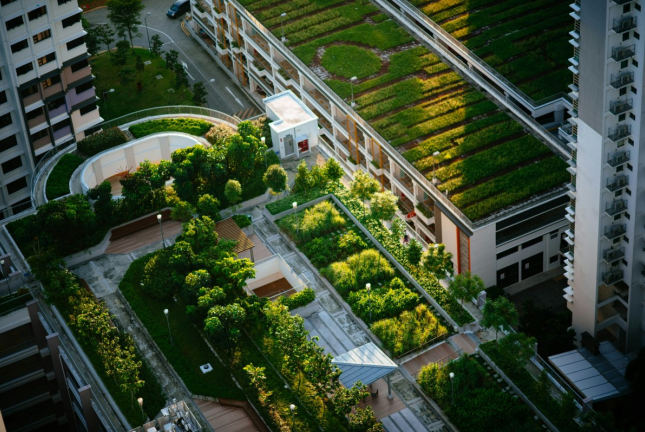
The Global Push for Greener Buildings
Green buildings are changing the way cities develop all over the world. Throughout their whole life cycle, these structures are made to be resource-conscious, energy-efficient, and environmentally responsible. Malaysia has joined the bandwagon and is incorporating green ideas into its building design and policy frameworks as countries adopt more stringent sustainability standards. But putting green building principles into practice is rarely simple. Long-term success is hampered by enduring issues that lay behind the stunning exteriors of eco-friendly residences and sustainable office complexes.
The Malaysian Context
The Green Building Index (GBI), which is a national rating methodology that measures the environmental performance of a project, serves as the cornerstone for Malaysia’s
attempts to become more sustainable. The nation continues to struggle with maintaining consistency across the construction, operation, and maintenance stages, despite the fact that there is a good momentum. A recent study that included sixty specialists, ranging from architects and developers to maintenance managers, concluded that there are a number of recurrent problems that have an effect on the performance of environmentally friendly buildings over and over again.
- Limited knowledge and expertise.
One of the most significant conclusions from the study is a shortage of experienced individuals capable of managing green projects from design to postoccupancy. Many contractors and building owners remain unaware of sustainable materials and systems. Without proper skills, even well-designed green buildings risk losing efficiency in a matter of years.
- Operations and Maintenance Gaps
Sustainability does not end when the building is completed. Malaysia’s green buildings frequently face maintenance deficiencies due to restricted funds, delayed repairs, and ineffective administrative monitoring. The emphasis is on building new structures rather than maintaining existing ones, which results in decreased energy performance and increasing running costs over time.
- High cost of environmentally friendly materials.
Eco-materials and technology remain more expensive than traditional alternatives. While long-term operating advantages are clear, the initial expenditure remains a barrier, especially for smaller developers. Financial incentives and tax breaks may stimulate larger use.
- Policy & Coordination Barriers
Malaysia’s sustainability system, while strong on paper, challenges uneven implementation. Overlaps between local and federal jurisdictions cause uncertainty, and cooperation between ministries, NGOs, and the commercial sector is minimal. A more cohesive approach may help to expedite adoption.
- Rethinking Assessment and Accountability.
While the GBI has established a reliable national standard, its use varies. To guarantee that the rating system encourages rather than complicates progress, professionals must continue their education and have explicit certification pathways. Collaborative training between government agencies and industry practitioners can help to close this knowledge gap.
Towards a Sustainable Future
Sustainable development in Malaysia requires more than green technologies; it needs a cultural shift in how buildings are designed, maintained, and valued. The findings from this study emphasise the need to take action quickly:
i. Capacity building: continuous education for professionals.
ii. Integrated policy frameworks: stronger inter-agency coordination.
iii. Financial support: incentives for sustainable construction.
iv. Community participation: encouraging end-users to value green living.
Green buildings are not just about energy savings; however, they are about creating resilient, liveable spaces that safeguard the future. As Malaysia advances toward its low-carbon goals, addressing these challenges will ensure that every ‘green’ structure truly delivers on its promise.
References
Green Building Index. (2024). The official rating system and criteria are in place. Green Building Index Malaysia. https://www.greenbuildingindex.org
Hauashdh, A., Jailani, J., & Abdul Rahman, I. (2020). Building maintenance practices inMalaysia: A systematic review of issues, effects, and the way forward. International
Journal of Building Pathology and Adaptation, 38(6), 775–791. https://doi.org/10.1108/IJBPA-10-2019-0093
Kibert, C. J. (2016). Sustainable construction: Green building design and delivery (4th ed.). John Wiley & Sons.
Yudelson, J. (2010). Sustainable retail development: New success strategies. Springer.






